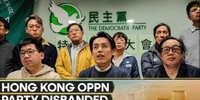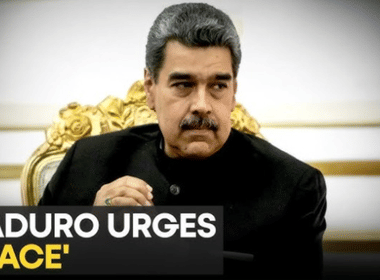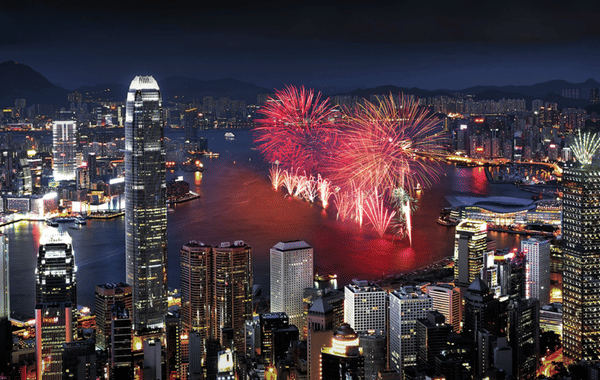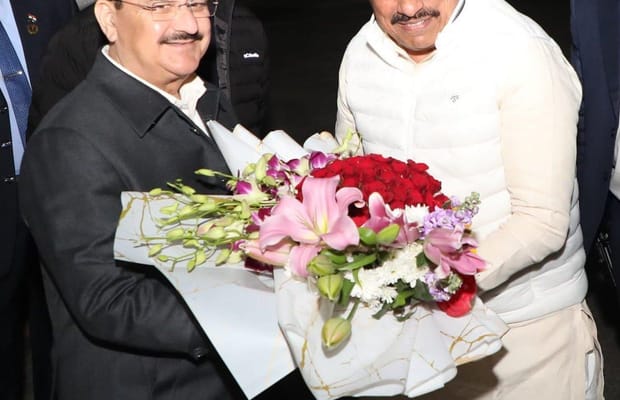
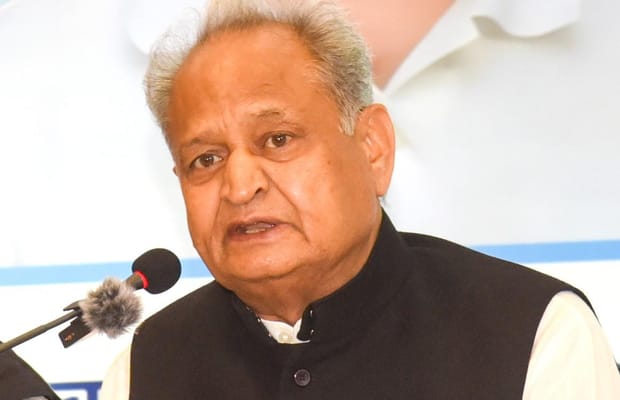
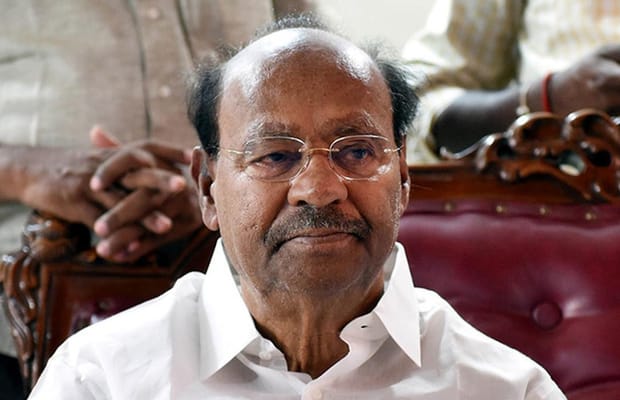




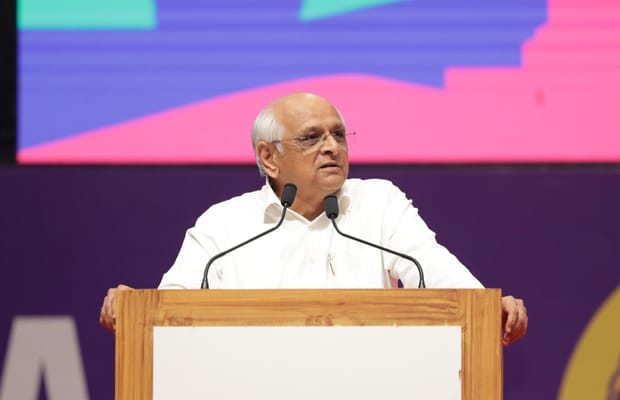

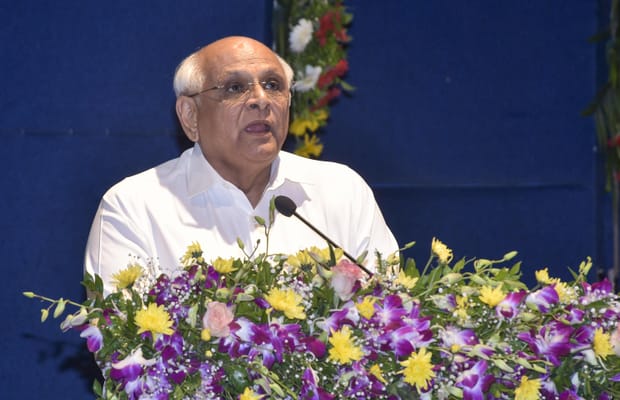




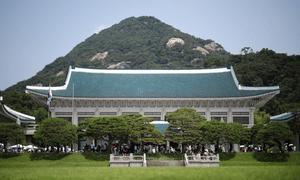









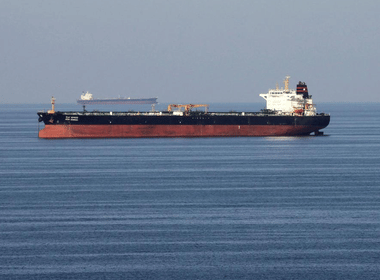


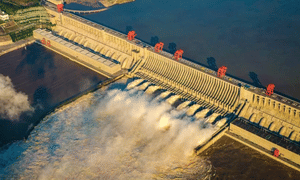


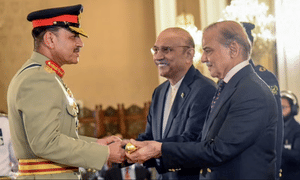
Pakistan’s Chief of Army Staff, Field Marshal Asim Munir, has stirred controversy by asserting that the country received “divine help” during its recent military clash with India. Speaking at the National Ulema Conference in Islamabad earlier this month, Munir claimed that this divine intervention was evident during the intense fighting that followed India’s Operation Sindoor in May 2025. The speech was broadcast on local television on 22 December 2025, amid ongoing regional tensions and debates over the role of religion in Pakistan’s military strategy.
The conflict Munir referenced began on 7 May 2025, when India launched Operation Sindoor in response to the Pahalgam attack in Indian-administered Kashmir, which killed 26 civilians. Indian forces targeted terror infrastructure in Pakistan and Pakistan-occupied Kashmir (PoK), prompting a swift Pakistani counter-response. Four days of sharp military exchanges, including airstrikes, artillery duels, and cross-border skirmishes, ended with a de-escalation agreement on 10 May.
Munir framed the clashes as not merely a tactical standoff but a spiritually ordained success, drawing parallels between contemporary Pakistan and the early Islamic state established by Prophet Muhammad. He cited Quranic verses to underscore Pakistan’s alleged divine favour and claimed that, among 57 Muslim-majority nations, Pakistan uniquely serves as the “protector of Haramain Sharifain”—the holy sites of Mecca and Medina. “We felt it (divine help),” Munir said, referring to perceived supernatural aid during the engagements. Analysts interpret this as an effort to boost domestic morale and legitimize military actions through religious authority, a recurring theme in Pakistani military discourse.
Munir also addressed threats along Pakistan’s western border with Afghanistan, issuing an ultimatum to the Taliban to choose between alliance with Pakistan or support for the Tehreek-e-Taliban Pakistan (TTP). He alleged that 70% of TTP militants infiltrating Pakistan are Afghan nationals and held Afghanistan accountable for resulting civilian casualties.
Additionally, Munir emphasized that only the state has the authority to declare jihad, warning clerics against issuing independent fatwas. This stance appears aimed at consolidating military and ideological control over religious and militant activities within Pakistan. The speech followed Munir’s recent promotion to Field Marshal—a rare honor symbolizing his preeminence within Pakistan’s military-dominated power structure. The official transcript of his 10 December address has not been released, adding opacity to his statements.
Munir’s claims of divine intervention have drawn criticism in India, where Operation Sindoor is viewed as a precise counter-terror operation that exposed weaknesses in Pakistan’s defenses. Pakistani claims of supernatural assistance contrast with Indian accounts, which reported significant Pakistani losses, including downed aircraft and disrupted launchpads.
Experts see Munir’s rhetoric as part of a broader effort to Islamize Pakistan’s national security narrative, strengthening public support amid economic and internal security challenges. By portraying Pakistan as a divinely ordained protector of Islam’s holiest sites, he reinforces the justification for assertive policies against India and the TTP—a fusion of faith and force reminiscent of past conflicts, including the 1965 and 1971 wars.
Regionally, the speech risks heightening Indo-Pak tensions, even after the May ceasefire. While India emphasizes a zero-tolerance approach to cross-border terrorism, Pakistan relies on asymmetric warfare and religious mobilization. International observers, including the U.S. and China, have remained cautious, wary of triggering a nuclear flashpoint. Domestically, Munir’s remarks reinforce the army’s self-image as the guardian of Islamic destiny, amplified through state media and religious alliances. Critics, however, argue that such militarized theology stifles pluralism and encourages extremism.
Looking ahead, Munir’s statements suggest no immediate easing of Pakistan’s confrontational stance. His warnings to Afghanistan could escalate border tensions, while claims of divine backing against India may embolden hardliners. As 2025 ends, South Asia faces potential instability, with Munir’s promotion and rhetoric positioning him as the architect of Pakistan’s martial-religious strategy. His speech underscores the persistent challenge of religion in Pakistan’s security calculus, where spiritual narratives often overshadow strategic realities, reinforcing India’s need for vigilance against hybrid threats combining terror and propaganda.
Disclaimer: This image is taken from Indian Defence News.
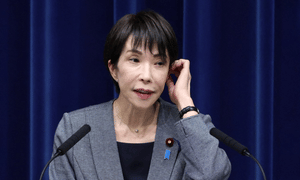
Japan reaffirmed its long-standing pledge not to possess nuclear weapons, following reports that a senior security official suggested the country should acquire them to deter potential threats. The unnamed official, reportedly from Prime Minister Sanae Takaichi’s office, argued that worsening security conditions justified nuclear weapons but acknowledged that pursuing them would be politically challenging, according to NHK and other media outlets. At a regular press briefing in Tokyo, Chief Cabinet Secretary Minoru Kihara confirmed that Japan’s nuclear policy remains unchanged but declined to comment on the official’s remarks or the individual’s future in government.
A Reuters investigation in August noted growing political and public support in Japan for reconsidering its three non-nuclear principles, driven partly by doubts over the reliability of US security guarantees under President Donald Trump and rising threats from nuclear-armed China, Russia, and North Korea. Japan hosts the largest overseas US military presence and has relied on its security alliance with Washington for decades.
Some lawmakers in Takaichi’s ruling Liberal Democratic Party have proposed allowing US nuclear weapons into Japan via submarines or other platforms to strengthen deterrence. Last month, Takaichi fueled debate by not clarifying whether her administration’s upcoming defense strategy would alter the three non-nuclear principles.
Stephen Nagy, a professor of politics at International Christian University in Tokyo, said that such “trial balloons” help gauge public and political consensus on potential security policy changes. He added that Beijing’s assertiveness and growing missile cooperation between Moscow and Pyongyang are pressuring Japan to reconsider its security stance.
However, discussions about acquiring or hosting nuclear weapons remain highly sensitive in the only nation to have suffered atomic bombings, with the potential to strain relations with neighboring countries like China. Tensions between Tokyo and Beijing escalated last month after Takaichi stated that a Chinese attack on Taiwan threatening Japan could be considered a “survival-threatening situation,” potentially prompting a military response.
Disclaimer: This image is taken from Reuters.
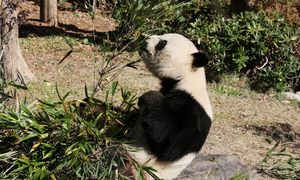
A day after it was announced that Japan’s last two giant pandas would be returning to China, thousands of fans visited Tokyo’s Ueno Zoo on Tuesday (Dec 16) for a final look, many saying tearful goodbyes to the twins. Four-year-old Xiao Xiao and Lei Lei are scheduled to move to China at the end of January, ahead of a Feb 20 deadline — news that broke on Monday and disappointed a nation long enamored with pandas. While their relocation had been planned for some time, the departure carries symbolic weight amid recently strained China-Japan relations. Tensions rose last month after Japanese Prime Minister Sanae Takaichi suggested a military response if China attacked Taiwan.
On Tuesday, the pandas again made headlines as crowds wearing panda-themed hats, bags, and merchandise lined up early to see them. “I want these pandas to stay in Japan forever,” said 60-year-old hospitality worker Hiroyo Kashio. “I know they belong to China, but since they were born in Japan, I really want them to remain at Ueno Zoo.”
Born in June 2021, Xiao Xiao and Lei Lei have been major attractions since their parents left last year. Their departure will leave Japan without pandas for the first time since 1972, when the country normalized diplomatic relations with China. “The birth of these twins gave us so much, both in experience and emotional impact,” said Hitoshi Suzuki, head of animal care and exhibition at Ueno Zoo. “I’m deeply grateful for that.” China, which practices “panda diplomacy,” often loans pandas to reward allies but sometimes recalls them to express displeasure. Pandas, native to China, usually return once their loan agreements end, including cubs born overseas.
Expecting large crowds until Xiao Xiao and Lei Lei’s last viewing day on Jan 25, Ueno Zoo has limited visits at the panda pavilion to roughly a minute per person since Tuesday and will require online reservations starting next week. For the final 12 days, a lottery system will select viewers. “Maybe our prime minister’s comments influenced this,” said Kashio. “But pandas shouldn’t be political. They are symbols of friendship between Japan and China, so I really hope they can stay here.”
Disclaimer: This image is taken from Reuters.

With her health deteriorating and little information available about Myanmar’s detained former leader Aung San Suu Kyi, her son fears he may not even know if she is still alive. Kim Aris told Reuters that he has had no contact with his 80-year-old mother for years and has only received sporadic secondhand updates on her heart, bone, and dental problems since the 2021 military coup that removed her government.
While he criticizes the junta’s planned elections later this month—widely dismissed by foreign governments as an attempt to legitimize military rule—he sees them as a potential chance to improve his mother’s situation. “She has ongoing health issues. No one has seen her in over two years. She hasn’t been allowed contact with her legal team or family,” he said in Tokyo. “For all I know, she could be dead.”
Aris suggested that Myanmar’s junta leader, Min Aung Hlaing, may have his own plans for Suu Kyi, possibly using her to appease the public before or after elections through release or house arrest. A junta spokesperson did not respond to requests for comment. Myanmar’s military has occasionally released prisoners during holidays or key events. Suu Kyi, a Nobel Peace Laureate, was previously freed in 2010 following elections, ending years of detention at her family home near Yangon’s Inya Lake. She became Myanmar’s de facto leader after the 2015 elections, though her reputation suffered due to international criticism over the treatment of the Rohingya Muslim minority.
Myanmar has faced ongoing unrest since the 2021 coup, with armed resistance taking control of parts of the country. Suu Kyi is serving a 27-year sentence on charges including incitement, corruption, and election fraud, all of which she denies. Aris believes she is being held in Naypyitaw and recalls her last letter two years ago, in which she complained about extreme cell temperatures.
Concerned that global attention on Myanmar is waning due to other crises, Aris hopes to leverage the upcoming elections, scheduled in phases starting Dec 28, to urge countries like Japan to pressure the junta for her release. He called this a “small window of opportunity,” noting that international attention had been stronger before her credibility was affected by the Rakhine crisis.
Aris, a British national who had maintained a low profile, emphasizes that his mother was not complicit in what the UN described as a genocidal campaign against the Rohingya. Myanmar’s constitution had limited her authority over the military, and she admitted that war crimes may have occurred while denying genocide.
During his visit to Japan, Aris met with politicians and officials to push for a stronger stance against the junta and rejection of the elections. Reflecting on his mother’s possible reaction, he said, “She’d be incredibly sad that I had to do this. She always wanted me not to get involved. But I have no choice—I am her son, and if I don’t act, no one else will.”
Disclaimer: This image is taken from Reuters.



Thailand’s Pheu Thai Party has selected 46-year-old academic Yodchanan Wongsawat, a nephew of former prime minister Thaksin Shinawatra, as its leading candidate for the premiership in the February election. The move brings the influential Shinawatra family back into focus as Thailand grapples with deadly border clashes with Cambodia and internal challenges within the party. Andrea Heng and Hairianto Diman discuss the implications of his candidacy for party cohesion, border security, and the country’s political trajectory with Kevin Hewison, Emeritus Professor at the University of North Carolina, Chapel Hill.
Disclaimer: This Podcast is taken from CNA.

Starting 6 pm tomorrow (13 Dec 2025), train commuters can check a single webpage for updates on trip delays. Daniel Martin talks with Professor Raymond Ong, Transport Analyst and Deputy Head (Research) at NUS’s Department of Civil and Environmental Engineering.
Disclaimer: This podcast is taken from CNA.

Across the globe, Gen Z is moving beyond online activism and taking to the streets — pushing back against existing systems, highlighting inequality, and demanding a future they can trust. Many young people feel increasingly shut out, with rising youth unemployment and shrinking economic opportunities adding to their frustration. We speak with CNA senior correspondent Wei Du, who followed a wave of Gen Z demonstrations in Asia for an Insight documentary, and Dr. Eugene Mark, Fellow and Co-coordinator of Thailand Studies at the ISEAS–Yusof Ishak Institute, to understand the forces behind this new wave of youth-driven protests.
Disclaimer: This Podcast is taken from CNA.

A recent study reveals that maintaining a sense of control is crucial for ageing well. Seniors who retain independence and the ability to make their own decisions tend to be healthier and happier. Post-retirement, men often face more challenges, whereas women’s social networks help them stay resilient. The research underscores the significance of purpose, social connections, and dignity in later life. Andrea Heng and Genevieve Woo discuss the study with A/P Justina Tan, Vice President of Strategic Partnership and Engagement at SUSS.
Disclaimer: This podcast is taken from CNA.





